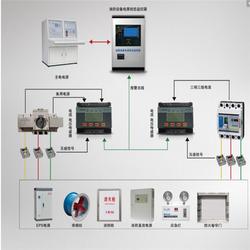安装消防系统英文,Introduction to Fire Alarm Systems
Introduction to Fire Alarm Systems
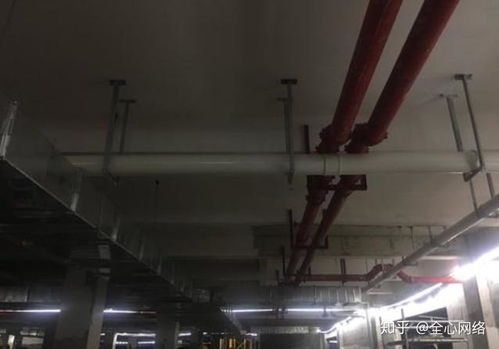
Fire alarm systems are essential components of any building's safety infrastructure. They are designed to detect the presence of fire, smoke, or heat and alert occupants and emergency services promptly. Installing a fire alarm system is a crucial step in ensuring the safety of lives and property. In this article, we will guide you through the process of installing a fire alarm system, from planning to completion.
Understanding the Types of Fire Alarm Systems
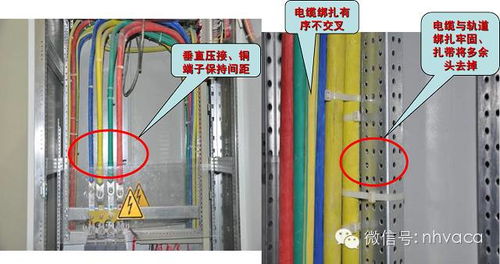
Before installing a fire alarm system, it is important to understand the different types available. The most common types include:
Manual Fire Alarm Systems: These systems rely on manual activation, such as pulling a fire alarm pull station.
Automatic Fire Alarm Systems: These systems detect fire, smoke, or heat automatically and activate the alarm.
Combination Fire Alarm Systems: These systems combine both manual and automatic detection methods.
Planning the Installation
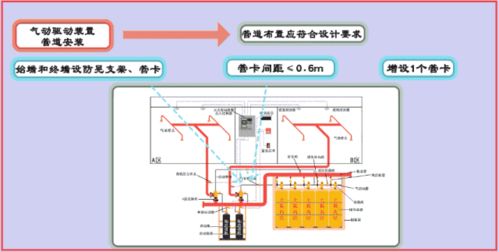
Proper planning is key to a successful fire alarm system installation. Here are some steps to consider:
Assess the Building: Evaluate the size, layout, and potential fire hazards of the building.
Consult Local Regulations: Check local building codes and fire safety regulations to ensure compliance.
Choose the Right System: select the appropriate fire alarm system based on the building's needs and regulations.
Design the System: Create a detailed plan of the system, including the placement of sensors, control panels, and alarm devices.
Preparation for Installation
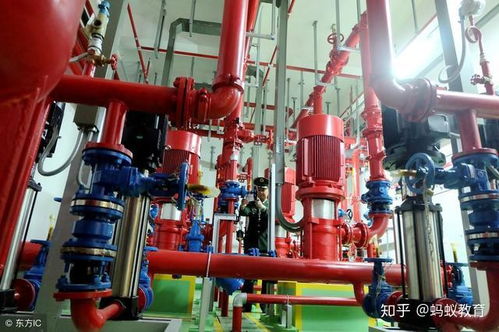
Before beginning the installation, ensure the following preparations are made:
Acquire Necessary Tools: Gather all the necessary tools and equipment for the installation, such as drills, screwdrivers, and wire cutters.
Secure Permits: Obtain any required permits from local authorities before starting the installation.
Prepare the Work Area: Clear the installation area of any obstructions and ensure a safe working environment.
Installation Process
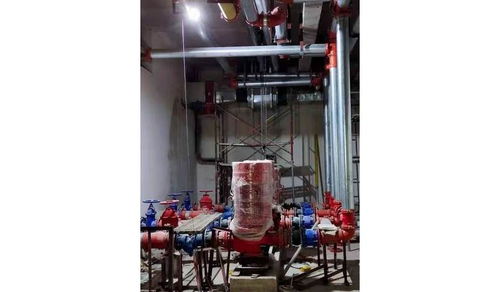
The actual installation process involves several steps:
Mounting the Control Panel: Install the fire alarm control panel in a central location, ensuring it is easily accessible.
Installing Sensors: Place smoke, heat, and flame detectors in strategic locations throughout the building.
Running Wires: Run the necessary wires from the sensors to the control panel, ensuring proper connections.
Testing the System: After installation, test the system to ensure all components are functioning correctly.
Compliance and Maintenance
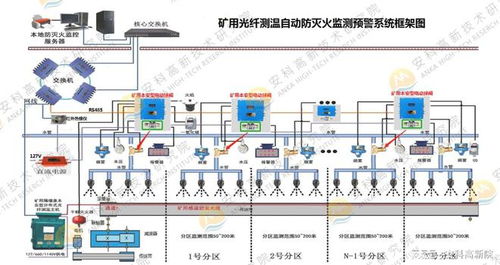
Once the fire alarm system is installed, it is crucial to maintain compliance and ensure the system remains effective:
Regular Inspections: Schedule regular inspections to check the system's functionality and replace any faulty components.
Training Employees: Train all building occupants on how to use the fire alarm system and what to do in the event of a fire.
Updating the System: Keep the fire alarm system up to date with the latest technology and regulations.
Conclusion
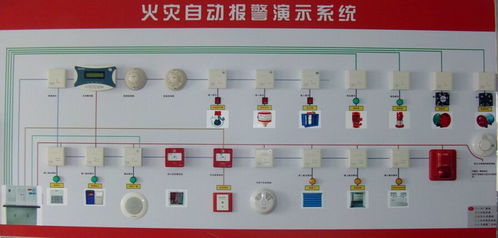
Installing a fire alarm system is a critical step in ensuring the safety of a building's occupants and property. By following these steps and ensuring proper planning, preparation, and installation, you can create a reliable and effective fire alarm system. Always consult with professionals and adhere to local regulations to guarantee the system's compliance and effectiveness.
Tags: FireAlarmSystems BuildingSafety FireSafetyRegulations InstallationProcess Maintenance
